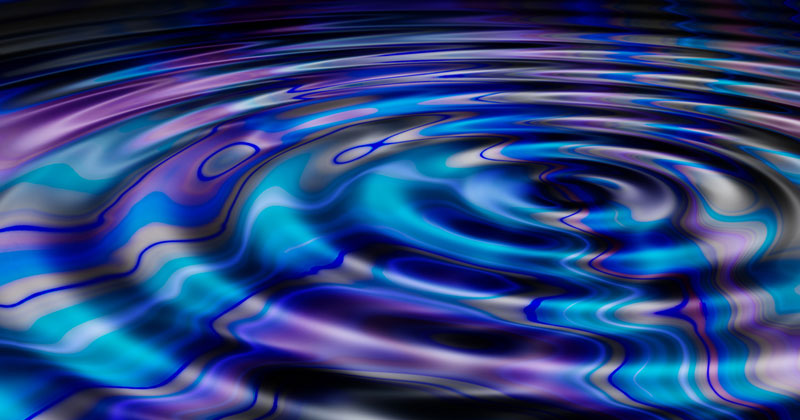
Water Contamination
Most people know the phrase oil and water do not mix! In oil systems there are two types of water contamination and these can have a huge impact on life of working components.
The first state, known as dissolved water, would be best described as individual water molecules dispersed throughout the oil. Oil can contain a significant concentration of dissolved water with no visible indication of its presence.
Most oils can hold as much as 200 to 600 ppm of water in the dissolved state depending on the temperature and age of the oil, with aged oils capable of holding three to four times more water in the dissolved state than new oil. Once the amount of water has exceeded the maximum level for it to remain dissolved, the oil is saturated. At this point, the water is suspended in the oil in microscopic droplets known as an emulsion. Once oil is in the emulsion stage the oil appears cloudy or hazy.
The addition of more water to an emulsified oil/water mixture will lead to a separation of the two phases producing a layer of free water as well as free and/or emulsified oil, the second state of water contamination.
There are a lot of factors to be taken into account with water present in oil systems however, once it reaches the free or emulsified stage the incompressibility of water means the hydrodynamic film can be lost leading to excessive wear and premature component failure.
Our filtration rigs have in-built water removal cartridges meaning that water contaminated oil can be brought back by simple filtration while the machine is still in operation.
If the ppm water contaminant is too high for filtration we can advise and carry out flushing of the system to remove the water content.

